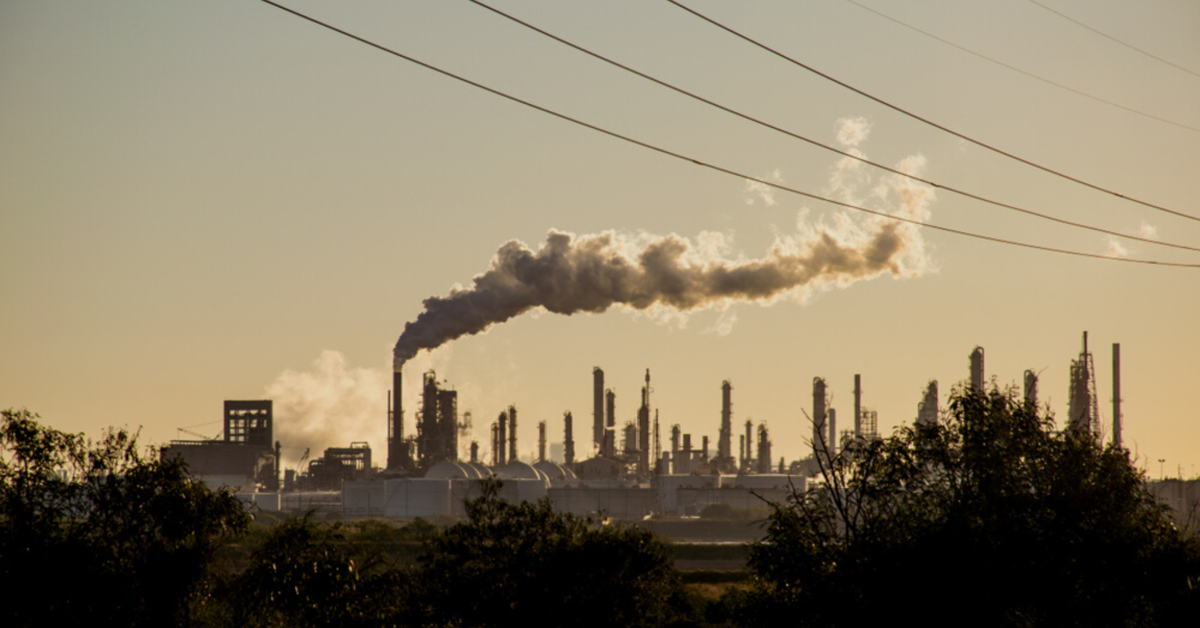Summary
In Fall of 2021, Canada worked with key partners and allies to make ambitious commitments at COP26. From carbon pricing and phasing out coal to reducing emissions and mobilizing private finance, Climate Action was a key priority for Prime Minister Trudeau’s Government. As COP27 proceeds, Canada can show progress but also faces key challenges ahead.
Key Commitments & Developments
- 2030 Emissions Reduction Plan
- In 2021, Canada enhanced its Nationally Determined Contribution target, committing to achieve 40-45% reductions below 2005 levels by 2030. On March 29, 2022, the Government of Canada established the 2030 Emissions Reduction Plan to provide a credible roadmap to achieve Canada's 2030 target and place the country on a path towards net-zero emissions by 2050.
- Carbon Pricing:
- To achieve net-zero by 2050, the government called for a tripling of coverage of carbon pricing by 2030 as only 20 percent of Canadian emissions are currently covered. At COP26, the Prime Minister announced that Climate Action Incentive rebates will be delivered to Canadian families more regularly (quarterly)
- Phasing Out Coal
- Three significant commitments:
- Help developing countries transition away from coal-fired electricity by providing up to CAD $1B in climate finance.
- Commit to accelerating its clean energy transformation to ensure that the electricity grid achieves net-zero emissions by 2035.
- Work toward ending exports of thermal coal by no later than 2030.
- Three significant commitments:
- Reducing Oil & Gas Emissions
- Committed to cap Canada’s oil and gas emissions at the pace and scale needed to get to net zero by 2050, making Canada the first major oil-producing nation to make such a commitment. Canada’s Minister of Natural Resources, Jonathan Wilkinson, announced that Canada, will end new direct public support for the international unabated fossil fuel sector by the end of 2022.
- Reducing Methane Emissions
- Canada joined the Methane Coalition at COP26 and has committed to reducing oil and gas methane emissions by at least 75 percent below 2012 levels by 2030. The International Methane Emissions Observatory (IMEO) was launched to facilitate this endeavor, it is an initiative that will report on global-scale methane emission impacts and trends.
- GHGSat, a Montreal start-up that has a world-leading high-resolution, satellite-based GHG detection system, and is the first contributor of high-resolution methane emission satellite data to the IMEO. Canada is supporting this work with $20 million through Sustainable Development Technology Canada.
- International Climate Finance
- In 2021, Canada announced a doubling of its international climate finance, from CAD $2.65B (2015−2021) to CAD $5.3B (2021−2026). To further strengthen its ability to help developing countries transition to low-carbon, climate-resilient, nature-positive, and inclusive sustainable development, Canada also announced that it will:
- Increase the proportion of grant funding to 40%, up from 30% previously
- Allocate a minimum of 40% of funding to climate adaptation projects
- Allocate a minimum of 20% of funding to projects that leverage nature-based climate solutions and projects that contribute biodiversity co-benefits.
- Help developing countries transition away from coal-fired electricity by providing up to CAD $1B in climate finance.
- Continue to support women’s leadership and decision-making in climate action and ensure that at least 80% of climate projects integrate gender equality, in line with Canada’s Feminist International Assistance Policy
- In 2021, Canada announced a doubling of its international climate finance, from CAD $2.65B (2015−2021) to CAD $5.3B (2021−2026). To further strengthen its ability to help developing countries transition to low-carbon, climate-resilient, nature-positive, and inclusive sustainable development, Canada also announced that it will:
- Mobilizing Private Finance
- Canada is using public finance and working with multilateral development banks (MDBs) and bilateral partners to de-risk private investment.
- Approximately US $304M is directly attributable to Canada’s investment of US $233.24M in these facilities, since Canada began reporting private finance mobilization to OECD-DAC in 2017. Of this, Canada’s Fast Start Financing (2010-2013) helped mobilize over US $277M in private finance.
Key Challenges
- The GHG reduction efforts of companies within the G7 are not sufficient enough to meet the objectives of the Paris Accord. Current commitments put them on a 2.7 degree warming trajectory.
- Canada is on a +3.7 degree line with the greatest temperature increases coming from companies that are less involved with implementing Science-Based Targets.
- The gap between the promises made by political leaders and those achievable in the current economic climate considerable.
- In Canada, only 4% of the emissions reported by the country's companies in their reduction plans, are part of these SBTs (Science Based Targets). On the other hand, 88% of reported emissions come from companies that do not have reduction strategies.
Looking Ahead
COP27 will be an opportunity for Canada to showcase progress on its climate action commitments as will justify any shortfalls. In addition to its updated Nationally Determined Contribution, Canada is also finalizing its first National Adaptation Strategy in 2022.
Recent News
- Coalition calls for clearer targets, more short-term solution for climate strategy
- Canada’s companies are the worst in the G7 for disclosure on emission reduction targets
- Alberta's new environment minister heading to COP27 climate summit, after province skipped last year
- Oct 28th: Media advisory - Canada, Germany, and the United Kingdom hold media availability ahead of COP27 on Climate Finance Delivery Plan Progress Report



